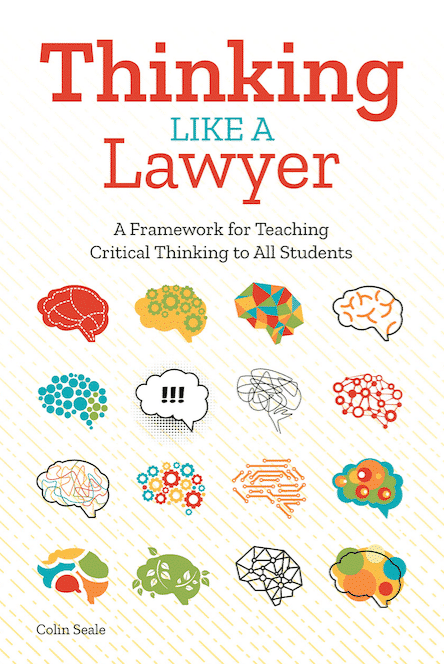We posted this about these two cases as fun way for you to engage in critical thinking and we are glad you’ve found your way to our site to learn the answer. We’ve included the outcome to the cases as well as the reasoning behind it. In case you need a refresher of the details, here they are:
Case #1-
An inmate sued the prison warden on religious grounds because the prison did not disclose that the turkey stuffing served in his Thanksgiving dinner had turkey in it. And some great legal writing followed:
“Karmasu alleges that the turkey stuffing had turkey in it. Of course it did. If it did not have some part of the turkey in it, it would not be turkey stuffing. Milkshakes have milk. Egg noodles have eggs. Chili has chili powder. The state’s dietitian was not being deceptive or intruding on Karmasu’s religious freedom by making turkey stuffing, putting turkey in it, calling it turkey stuffing and serving it to the prisoners.”
Karmasu v. Hughes, 100 Ohio App. 3d 434, 437-38, 654 N.E.2d 179, 181 (1995)
Case #2
Helen ordered a plate of roast turkey with dressing (stuffing) and vegetables. When she received the plate, she took the slice of turkey off her plate and ate a bite of the dressing. She immediately choked, and eventually spit out a small bone about ¾ of an inch long, ¼ of an inch wide, and ⅛ of an inch thick. Helen sued the restaurant because of this choking incident. Should she win? Why or why not? Silva v. F.W. Woolworth Co., 28 Cal. App. 2d 649,, 83 P.2d 76 (1938).
Court’s Ruling:
The criterion upon which liability is determined in such cases is whether the object causing the injury is “foreign” to the dish served. It was there said that: “Bones which are natural to the type of meat served cannot legitimately be called a foreign substance, and a consumer who eats meat dishes ought to anticipate and be on his guard against the presence of such bones.” The direct holding was that a chicken bone was not a foreign substance to a chicken pie just as a beef *651 bone found in a steak or beef stew or a fish bone found in a fish dish does not render the food unfit for human consumption.
Here the turkey and the dressing were served together in one section of the plate. The plaintiff pushed the meat aside so that she could eat the dressing first. Whether the bone came to the plate by way of the meat or the dressing is a pure conjecture upon which there was no evidence. From the exhibit found in the record, it would appear that it had been chipped off when the turkey was carved. The only evidence relating to the preparation of the dressing discloses the improbability of its having entered the dressing at that time. But we must look upon the service as one dish as delivered, in which there was no substance not “natural to the type of meat served”.
And in Plain English:
Restaurants will only be on the hook for causing someone to choke if the object is “foreign” to the dish served. So if Helen choked on a nail or a piece of glass, the restaurant would clearly lose. But if you choked on a fish bone in a fish dish, or a chicken bone in a chicken pot pie, the bone would not be foreign. In Helen’s case, the Court found that the restaurant served the turkey and dressing together. Because because a turkey bone is part of a turkey dish, the bone was not a foreign object and Helen lost her lawsuit.
To learn how your school or organization can adopt thinkLaw’s standards-aligned program that helps educators teach critical thinking to all students, please click here to schedule a time to speak with someone on the thinkLaw team, call us now at (702) 318-7512 or join us on our next webinar; Thinking Like a Lawyer: Powerful Strategies to Teach Critical Thinking to All Students







Leave a Reply